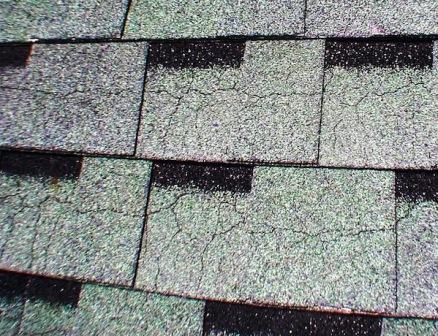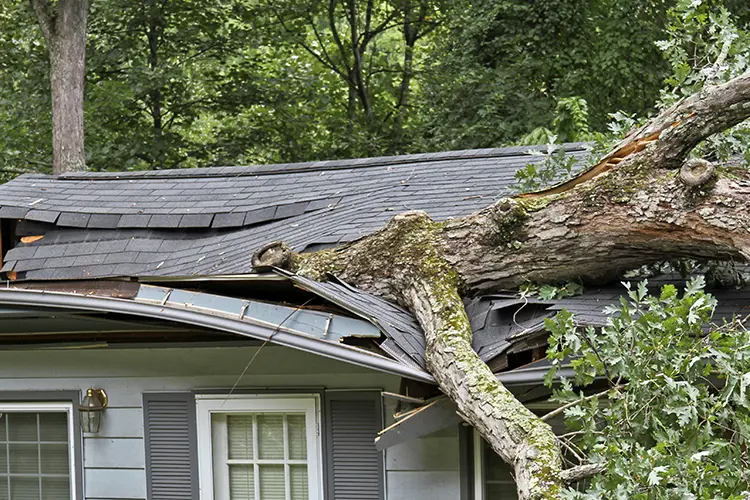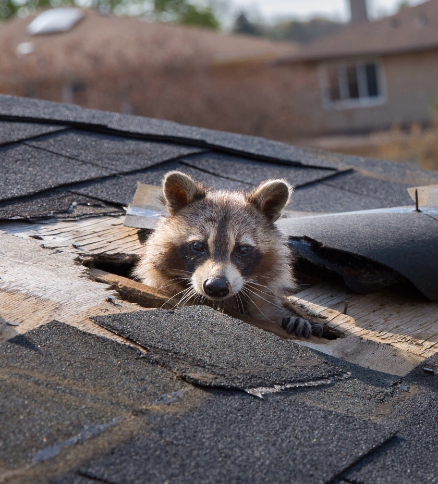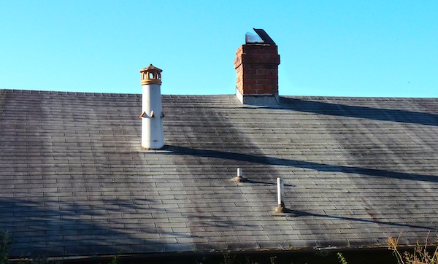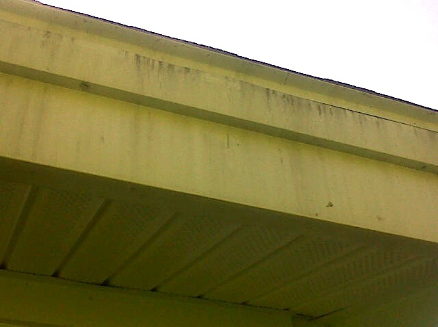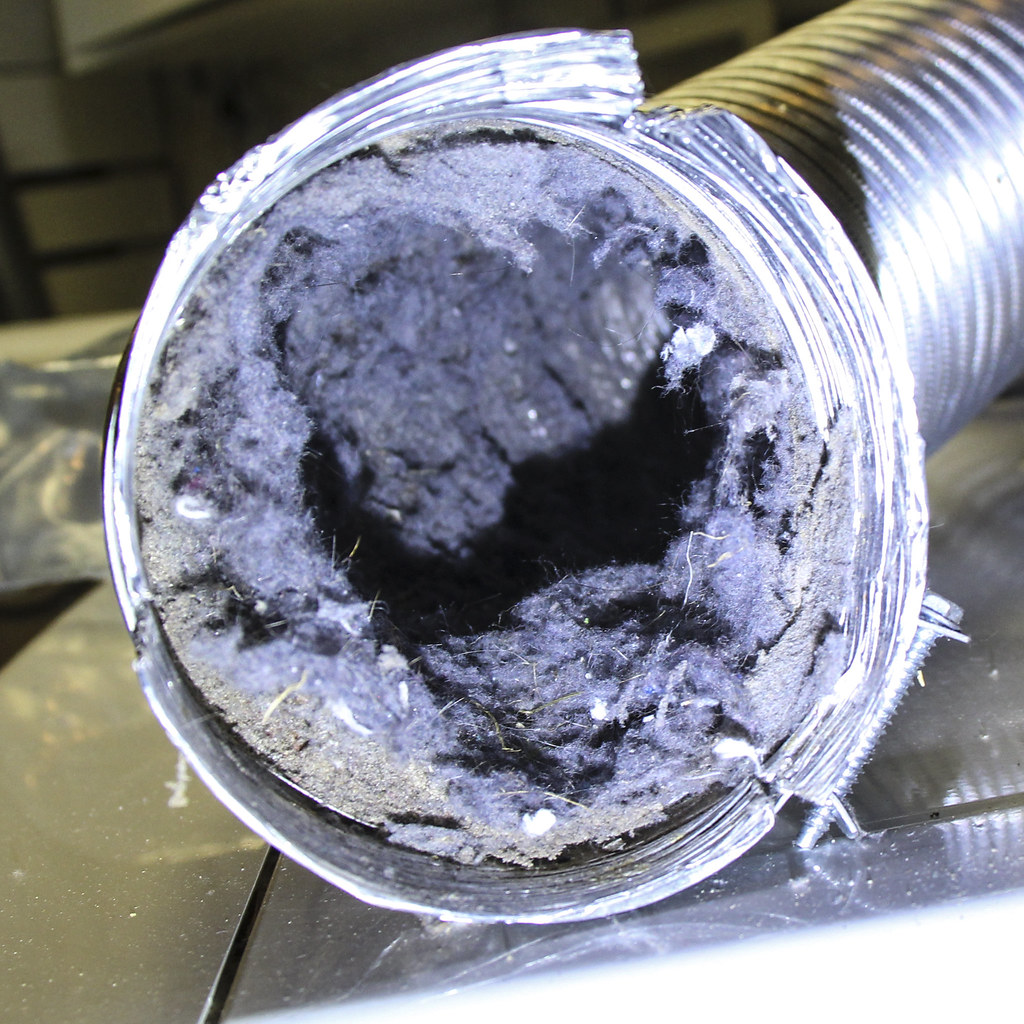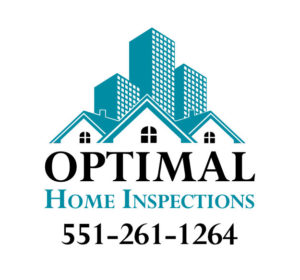The following is reposted from FireEscapesNJ.com as a courtesy only for our clients.
Fire Escapes are outside the scope of a home inspection. Any report or comment is a courtesy only, no guarantees given or liability accepted. Consult a qualified contractor to evaluate all fire escapes and repair if needed before your closing.
NEW JERSEY FIRE ESCAPE CODE 1028.6
EXTERIOR EGRESS ALL EXIT DISCHARGE, EXTERIOR STAIRWAYS AND FIRE ESCAPES SHALL BE KEPT FREE OF SNOW AND ICE.
ANY NEW JERSEY FIRE ESCAPE OR EXTERIOR STAIRWAY FOUND TO BE IN A STATE OF DETERIORATION OR DETERMINED TO BE UNSAFE BY THE FIRE OFFICIAL SHALL BE REPAIRED IMMEDIATELY.
DEPENDING UPON THE STRUCTURAL CONDITION, A LOAD TEST OF ANY FIRE ESCAPE SHALL BE CONDUCTED BEFORE THE ESCAPE IS RETURNED TO SERVICE IN ACCORDANCE WITH N.J.A.C.5.23, THE UNIFORM CONSTRUCTION CODE.
New Jersey: Section 103.4 Technical assistance. To determine the acceptability of technologies, processes, products, facilities, materials and uses attending the design, operation or use of a building or premises subject to inspection by the fire code official, the fire code official is authorized to require the owner or agent to provide, without charge to the jurisdiction, a technical opinion and report. The opinion and report shall be prepared by a qualified engineer, specialist, laboratory or fire safety specialty organization acceptable to the fire code official and shall analyze the fire safety properties of the design, operation or use of the building or premises and the facilities and appurtenances situated thereon, to recommend necessary changes. The fire code official is authorized to require documentation to be prepared by, and bear the stamp of, a registered design professional.
N.J.A.C 1031.6 Exterior egress. “All exit discharge, exterior stairways and fire escapes shall be kept free of snow and ice. Any fire escape or exterior stairway found to be in a state of deterioration or determined to be unsafe by the fire official shall be repaired immediately. Depending upon the structural condition, a load test of any fire escape shall be conducted before the escape is returned to service in accordance with the N.J.A.C. 5:23, the Uniform Construction Code”.
N.J.A.C 1031.1.1 Storage. “Combustible or flammable material shall not be placed, stored or kept in any portion of an exit, elevator car or hoist way, or at the bottom of a stairway, fire escape or other means of escape, unless such space is enclosed and protected as required by the construction code in effect at the time of first occupancy. Such storage shall be located so the presence or burning of the materials will not obstruct or render hazardous the means of egress.”N.J.A.C 102.1.1 Any dangerous or hazardous conditions that are outlined in 1 through 10 below shall be removed or remedied in accordance with the provisions of N.J.A.C. 5:70-2.10: 3. Obstruction to or on fire escapes, stairs, passageways, doors or windows, liable to interfere with the egress of occupants or the operation of the fire department in case of fire; NJ Formal Technical Opinion-3 Fire Escapes https://www.nj.gov/dca/divisions/codes/publications/pdf_fto/fto_3.pdf
Source: New Jersey Uniform Fire Code 2015 CLICK HERE FOR SOURCE DOCUMENT
§ 5:28-2.1 Lead-safe maintenance requirements
(a) Each tenant-occupied residential building constructed before 1978 shall be subject to the requirements for lead-safe maintenance contained in this section. All such buildings shall undergo a combined inspection and risk assessment, and lead hazard control work in accordance with (b) below or shall comply with the requirements for standard treatments contained in (c) below. Following the performance of lead hazard control work or standard treatments, all buildings shall be subject to the requirements for on-going evaluation and maintenance contained in (d) below.For more of the NJ lead-safe requirements please visit this code at CLICK HERE FOR CODE
Send us photos of your fire escape by email: info@FireEscapesNJ.com
or click here to submit via an online form
NJAC 5:23-2.7, Ordinary Maintenancehttps://www.nj.gov/dca/divisions/codes/codreg/pdf_regs/njac_5_23_2.pdf
(b)Ordinary maintenance shall not include any of the following:
1.The cutting away of any wall, partition or portion thereof;
2.The removal or cutting of any structural beam or bearing support;
3.The removal or change of any required means of egress, or rearrangement of parts of a structure
affecting the exitway requirements;
4.Any work affecting structural or fire safety;
5.Any work that will increase the nonconformity of any existing building or structure with the
requirements of the regulations;
6.Addition to, or alteration, replacement or relocation of:
i.Any standpipe;
ii.Water supply, sewer, drainage, gas, soil, waste, vent or similar piping;
iii.Electrical wiring, except that the following shall be considered ordinary electrical maintenance:
(1)Communications wiring in a Class 3 structure provided that the installation does not involve
the alteration or penetration of a fire-rated assembly and is not in a hazardous location as
defined in Chapter 5 of the electrical sub–code.
(A)For the purposes of applying this provision, communications wiring shall mean any
wiring covered by Chapter 8 of the electrical sub–code. Communications wiring shall also
include data circuits between computers/information technology equipment, which may be
classified as “communications circuits,” in accordance with Article 725 of the electrical
subcode; or
- Mechanical or other work affecting public health or general safety; or
- Any work undertaken for the purpose of lead abatement.
- Lead abatement work performed on a steel structure or other superstructure or in a commercial
building.
The following items are ordinary maintenance and shall be treated as such by every enforcing agency. No
permit for, inspections of, or notice to the enforcing agency of ordinary maintenance shall be required. This is
not an all-inclusive listing of ordinary maintenance.
1.Ordinary building maintenance shall include:
i.Exterior and interior painting;
ii.Installation, repair, or replacement of interior finishes of less than 25 percent of the wall area in a
one- or two-family dwelling. This shall include plastering and drywall installation;
xv.The installation of insulation, except foam plastic insulation, when installed adjacent to or not
more than one and a half inches from an interior finish;
xvi.The repair, replacement, or installation of exterior gutters and leaders; and
xvii.The installation of a storable spa or hot tub that is provided with a lockable safety cover that
complies with ASTM F1346.
- 5:28-2.1 Lead-safe maintenance requirements
(a) Each tenant-occupied residential building constructed before 1978 shall be subject to the requirements for lead-safe maintenance contained in this section. All such buildings shall undergo a combined inspection and risk assessment, and lead hazard control work in accordance with (b) below or shall comply with the requirements for standard treatments contained in (c) below. Following the performance of lead hazard control work or standard treatments, all buildings shall be subject to the requirements for on-going evaluation and maintenance contained in (d) below.
For more of the NJ lead-safe requirements please visit this code at https://advance.lexis.com/documentprint/documentprintclick/?pdmfid=1000516&crid=5f42598e-2a37-492b-aa4a-d7c906db8ead&ecomp=v3cfkkk&prid=f1a1af5c-8145-4e42-9c69-c24a3f1ee999
SOURCE: https://www.state.nj.us/dca/divisions/codes/codreg/ucc.html
New Jersey City Fire Code
NATIONAL CODES:
IFC 2015 1104.16 Fire Escape PDF copy actual code
2012 IFC 1104.16.5.1 Fire escape stairs must be examined every 5 years, by design professional or others acceptable and inspection report must be submitted to the fire code official.
IBC 1001.3.3 All fire escapes shall be examined and/or tested and certified every five years by a design professional or others acceptable who will then submit an affidavit city official.
NFPA LIFE SAFETY CODE 101 7.2.8.6.2 The Authority Having Jurisdiction (AHJ) shall approve any fire escape by Load Test or other evidence of strength (Certification).
OSHA 1910.37 Exit routes must be maintained during construction, repairs, alterations or provide alternative egress with equivalent level of safety. (permit issued if egress is certified or with egress scaffolding)
FIVE STEPS to Certify a Fire Escape:
- Schedule a pre load test evaluation by a design professional or others acceptable by City Official – AHJ (Authority Having Jurisdiction)
- Said professional will confirm with City Official if there are any other requirements other than load testing or other evidence of strength and if City Official wants to witness initial evaluation
- Submit evaluation report to owner/agent and a copy to the City Official as per code
- Issue certification, if passed, done by load test or other evidence of strength to City Official or, if failed, owner/agent and city official to confirm next steps (ex. engineer oversight, permits or other conditions)
- Please contact your local City Official (AHJ) with any questions about the above steps

